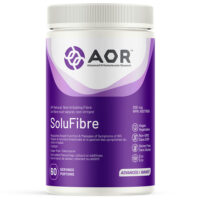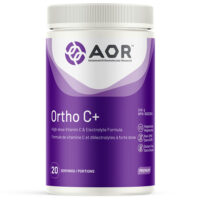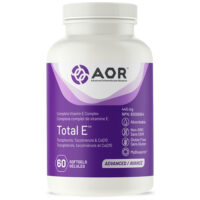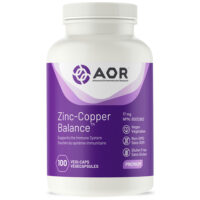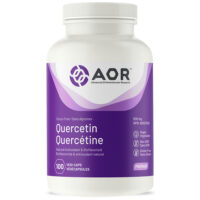Proper pH levels are essential to good health. If our blood is too acidic or too alkaline, it can trigger defense mechanisms that may compensate for the problem at hand, but could potentially cause other problems. We can protect ourselves, and possibly turn these problems around, by eating foods with the proper pH.
Acidosis occurs when our blood pH is too low. It is associated with fatigue, and it is also found in sufferers of many chronic diseases, including cancer. Here are some foods that can help raise your pH level and restore good health.
Slightly Alkaline Foods
These foods are only slightly alkaline, and can be used when your pH is only slightly low:
* Peas
* Watermelons
* Apples
* Blueberries
* Pears
* Grapes
* Onions
* Bananas
* Raspberries
* Peaches
* Tomatoes
* Oranges
* Lemons
* Apricots
* Grapefruits
* Potatoes (sweet or white)
* Strawberries
* Tangerines
Foods With Medium Alkalinity
* Cherries
* Limes
* Green Beans
* Dried Dates
* Raisins
* Avocado
* Pineapple
* Cauliflower
* Mushrooms
* Rutabagas
* Radishes
* Cucumbers
* Green Soy Beans
* Brussels Sprouts
* Beets
High Alkaline Foods
These foods have the highest alkalinity you can find in natural food sources. They can be helpful if your pH level is extremely low. If it’s not very low, consider trying some of the lower alkaline foods first.
* Broccoli
* Cabbage
* Rhubarb
* Lima Beans
* Lettuce
* Sauerkraut
* Watercress
* Chard
* Dried Beans
* Carrots
* Dried Figs
* Celery
* Molasses
* Beet Greens
* Raw Spinach
Eating foods that help raise pH levels can be beneficial to those with low energy levels. They can also help patients with a variety of diseases, including cancer, diabetes, gall stones and more. These and most other diseases are dependent on an acidic, low oxygen environment for survival.
If you are suffering from alkalosis, the foods in the above lists are best avoided until your pH is restored to normal levels. There are plenty of other healthy foods you can eat that will help lower your pH.
For initial pH level testing, it’s best to consult your doctor. He (or she) may give you a blood test called an electrolyte panel, which will tell him, among other things, the pH level of your blood. Once he has determined where your pH levels stand, you can use litmus paper to test your pH levels at home. The reason that it’s important to get an official test first is because home pH tests are not as accurate. But if used properly, they can give you a general idea of which direction your levels are moving in.


